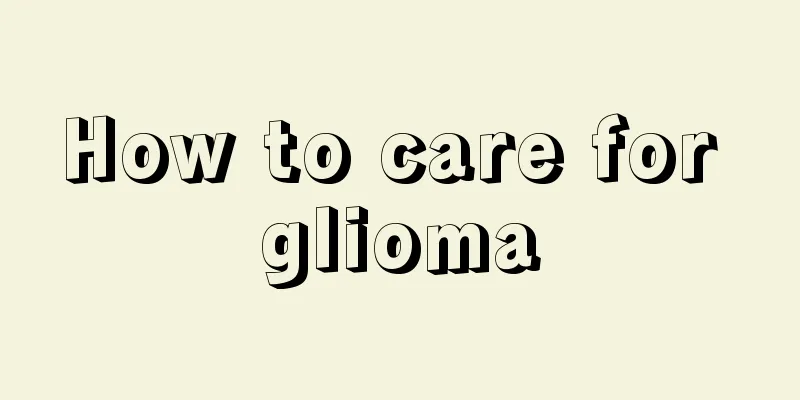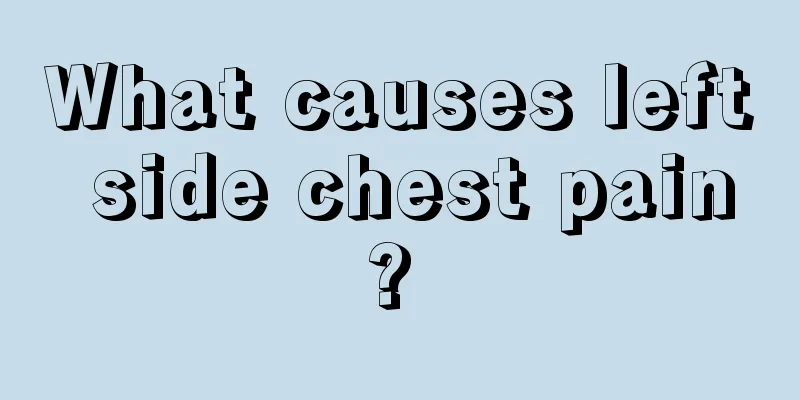How to Overcome Claustrophobia

|
Everyone must have seen this situation on TV: after the protagonist enters the elevator, the moment the elevator door closes, he starts to become different. All kinds of anxiety, terror and other expressions begin to appear. In fact, this is claustrophobia. This disease often occurs in our daily life. It is usually induced when people enter a claustrophobia environment. So how should we overcome claustrophobia? 1. Social phobia It is mainly characterized by almost uncontrollable and immediate anxiety attacks in social situations, and persistent and obvious fear and avoidance of social scenes. Specifically, the patient is afraid to appear embarrassed, tremble, blush, sweat, or behave clumsily and be at a loss in situations where there are people around or where others are paying attention to him or her, for fear of attracting other people's attention. Therefore, they avoid social situations that induce anxiety, dare not sit across from others to eat in a restaurant, are afraid to get close to others, and especially avoid talking to others. Erythrophobia is a common type of erythrophobia. Patients feel shy, blushing, uneasy, embarrassed, clumsy, and slow in public and are afraid of becoming the object of ridicule. Some patients are afraid to look into other people's eyes or meet other people's gazes, which is called eye contact phobia. 2. Specific phobias A specific phobia is an intense, irrational fear or aversion to a particular object or highly specific situation. It is common in childhood. Typical specific phobias are fear of animals (e.g., spiders, snakes), natural environments (e.g., storms), blood, injections, or highly specific situations (e.g., heights, confined spaces, flying). This can cause patients to develop avoidance behavior. 3. Agoraphobia Not only are they afraid of open spaces, but they are also anxious about not being able to leave quickly in crowded places or not being able to call for help. One of the key features of a panic situation is that there is no immediately available exit, so patients often avoid these situations or need to be accompanied by family members, relatives or friends. 1. Claustrophobia (fear of closed spaces) is an anxiety disorder of enclosed spaces. Claustrophobia is a type of agoraphobia. Patients are afraid of enclosed or crowded places because they worry that unknown fears may occur in these places. In severe cases, they may even experience anxiety and obsessive-compulsive symptoms. Once they leave this environment, the patient's physiology and behavior will quickly return to normal. 2. There are many reasons for claustrophobia, such as growth experience, personality factors, psychological pressure, etc., but traumatic experiences in childhood have a great relationship with claustrophobia. For example, unpleasant experiences in childhood can cause psychological damage and psychological trauma, which will begin to affect mental health in adulthood. 3. The main symptoms of claustrophobia are fear, anxiety, panic, rapid breathing, accelerated heartbeat, flushing and sweating in enclosed spaces. In severe cases, suffocation, dizziness, and a sense of impending death may occur. 4. Claustrophobic patients may experience panic symptoms, or fear of experiencing panic symptoms, in certain situations, such as in elevators, trains, or airplane cabins. Conversely, people who are prone to panic attacks often also suffer from claustrophobia. If panic sets in in a closed space, they will be terrified by not being able to escape the situation. People with claustrophobia may have difficulty breathing in indoor venues, theaters, or elevators. Like many other conditions, claustrophobia can be caused by childhood trauma. Claustrophobia treatment 1: Full flooding method This is currently the best psychological treatment for claustrophobia. This method is based on certain psychological counseling. It suddenly places the patient in front of or in a place that he fears, uses imagination, or directly brings the patient into the situation he fears the most. The patient is encouraged to imagine the scene that scares him the most; or the psychologist repeatedly and even tirelessly tells the details of the situation that scares him the most; or the patient is shown the scene that scares him the most through video or slide show to increase his anxiety level. At the same time, the patient is not allowed to adopt escape behaviors such as closing his eyes, crying, or blocking his ears. Under repeated fear stimulation, even if the patient experiences autonomic nervous system reactions such as increased heartbeat, difficulty breathing, pale complexion, cold limbs due to anxiety and tension, the terrible disaster that the patient is most worried about does not happen, so the anxiety reaction will subside accordingly, and the fear symptoms will naturally disappear slowly. Treatment for claustrophobia 2: Systematic desensitization This is currently the safest and most effective behavioral treatment for claustrophobia. The doctor sets a step-by-step fear value and gradually exposes the patient to the fear-inducing things or places, so that the patient's senses are gradually stimulated, the degree of fear of the stimulation is gradually reduced, and finally the symptoms disappear completely. This method is relatively mild and easily accepted by patients. The disadvantage is that the treatment time is long and the effect is slow to occur. For example, the patient's fear level can be graded. No anxiety was scored as 0 points, and the most frightening and anxious moment when driving a subway train in a tunnel was scored as 100 points. It is then divided into several levels, each representing a different degree of anxiety. First, the doctor will lead the patient to start training from a lower level, such as walking into a subway station and how to overcome fear and anxiety; then approaching the cab, entering the cab, starting the subway train, the subway entering the tunnel, etc., guiding the patient to overcome fear step by step. For patients with severe conditions, some anti-anxiety drugs can be used in combination. Treatment for claustrophobia 3: Medication The main treatments for claustrophobia are psychotherapy and drug therapy, which complement each other and are indispensable. Since the above two points are about psychotherapy, drug therapy is also indispensable. There are a wide variety of drugs for treating claustrophobia on the market, and they are everywhere. Claustrophobia patients and their families do not know which drug is most effective and has the least side effects, so they often choose the wrong treatment drugs, which aggravates the condition and leads to serious consequences. |
<<: What is the reason for the swelling of ears
>>: What is Shengli Salt Water
Recommend
The harm of cyfluthrin to humans
Flucythrin is an organic chemical. Flucythrin is ...
Will formaldehyde cause nasopharyngeal cancer?
Can formaldehyde cause nasopharyngeal cancer? 1. ...
Does watermelon contain vitamin C?
Watermelon is a common fruit in our lives, especi...
What are the particulars of wearing Pixiu?
I believe everyone must be familiar with Pixiu. I...
The efficacy and function of fish oil lecithin
Fish oil lecithin soft capsules can have great ef...
What should a pregnant woman do if she wants to eat spicy hot pot?
In the southwest of our country, people especiall...
Is it okay to eat an apple at midnight?
Fruit is a food that people usually think is rela...
What is the correct way to use fresh aloe vera
Many people grow aloe vera at home, and now you c...
What are some tips for white-collar workers to stay healthy?
As people's requirements for health continue ...
What to do if your stomach feels uncomfortable after eating seafood
Seafood is a very popular food that can also supp...
What are the treatments for nasopharyngeal carcinoma?
What are the treatments for nasopharyngeal carcin...
Is it okay to drink water from a porcelain cup?
Water is the source of life. It is an extremely i...
Is it good to have canine teeth? Here are three points to tell you
Beautiful teeth are a sign of good appearance. Ha...
What is the correct way to brush your teeth?
Normally, if we eat onions and garlic, we will th...
What are the foods that contain vitamin C?
Vitamin C is an essential nutrient for the human ...









